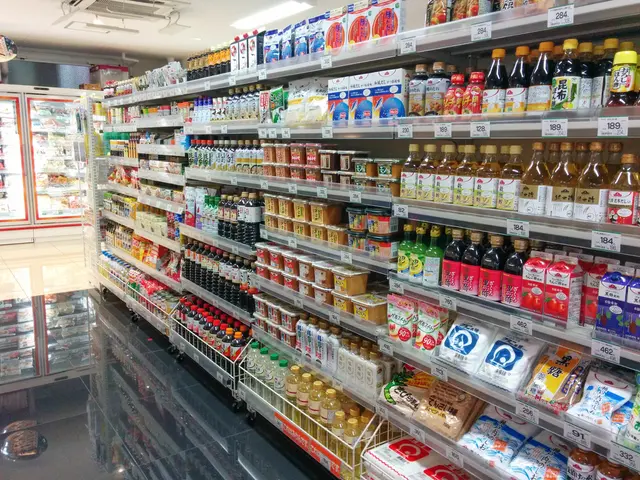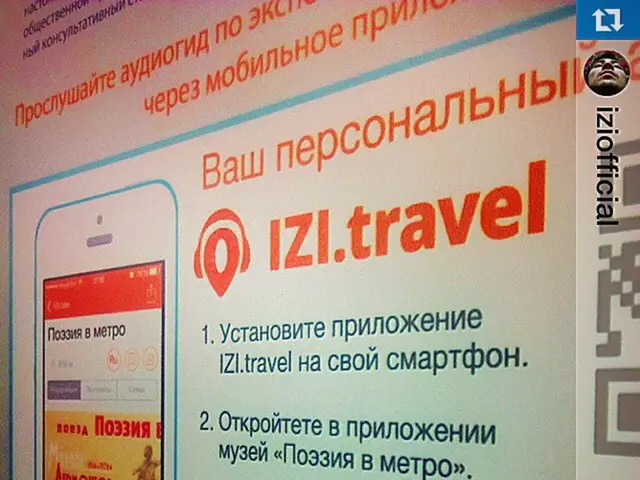Security industry warned of new tariff rates effective August 7, as announced by SIA
===============================================================================
The Trump administration has announced new tariff increases, effective August 7, 2025, which are set to impact the security industry and related sectors significantly.
The updated tariff rates, issued via executive order on July 31, include an increase in reciprocal tariff rates to a range of 15-20% for many imports, with a baseline additional 10% tariff on all countries effective April 9, 2025. Moreover, specific tariffs have been raised on certain products, such as steel and aluminum, to as high as 50%.
For the security industry, an August 7, 2025 tariff update was issued shortly before the deadline, expanding tariff coverage consistent with ongoing Section 232 investigations. These investigations cover relevant inputs such as copper, timber, semiconductors, pharmaceuticals, trucks, critical minerals, commercial aircraft components, polysilicon, and uncrewed aircraft parts, which affect security supply chains.
The steel and aluminum tariffs at 50% substantially increase the cost of metal components used in security hardware, including structural elements, electronic casing, and critical physical security devices. Increases in tariffs on copper and semiconductor manufacturing equipment could disrupt supply chains for electronic security systems, surveillance cameras, and access control devices that rely heavily on these materials and components.
The tariffs on processed critical minerals and components like polysilicon affect the availability and cost of sensors and photovoltaic technologies used in modern security systems. Truck and transportation equipment tariffs may increase costs in logistics and distribution chains, affecting the speed and cost-efficiency of security-related product delivery.
These tariff updates aim to protect U.S. industry and address trade deficits but are likely to raise costs and complicate supply chains in the security sector. The Security Industry Association is actively monitoring these changes, highlighting potential further tariffs impacting hardware and technology supply chains critical for security products.
Key Points
| Tariff Category | Updated Rate | Affected Products / Impact | |---------------------------------|-----------------------------|------------------------------------------------------| | Base reciprocal tariffs | 15–20% | Broad imports from multiple countries | | Additional general tariffs | 10% baseline + country-specific higher rates | General imports including security sector components | | Section 232 Steel and Aluminum | Up to 50% | Structural parts, metal chassis, security hardware | | Copper, semiconductor equipment | Possibly new tariffs soon | Electronics, sensors, semiconductor-dependent devices | | Trucks and transport equipment | Under investigation | Logistics, delivery costs | | Critical minerals, commercial aircraft parts, polysilicon | Under potential future tariffs | Specialized electronic and high-tech security parts |
These tariff measures collectively may cause inflationary pressures, increased production costs, and potential supply chain delays within the security industry and related sectors. If you operate in security manufacturing or supply chain roles, referring to the Harmonized Tariff Schedule of the United States and monitoring updates from the Security Industry Association is recommended to track specific tariff impacts on your products and inputs.
Footnotes
[1] Security Industry Association. (2021). Trump Administration Announces New Tariff Increases. Retrieved from SIA website
[2] U.S. Customs and Border Protection. (2021). Tariff Changes under Executive Order. Retrieved from CBP website
[3] International Trade Administration. (2021). Section 232 Investigations and Tariffs. Retrieved from ITA website
[4] Security Industry Association. (2021). Tariff Updates and Their Impact on the Security Industry. Retrieved from SIA website
- The new tariff policies, such as the reciprocal tariffs, additional general tariffs, and Section 232 tariffs on steel and aluminum, are influencing the finance and business sectors, particularly the security industry, by increasing the cost of security components, disrupting supply chains, and possibly causing inflationary pressures.
- The political landscape, including policy-and-legislation, and general-news outlets should closely follow the ongoing tariff investigations and updates on products like critical minerals, commercial aircraft parts, polysilicon, trucks, and transport equipment, as their potential future tariffs have significant implications for the security industry and related sectors.




